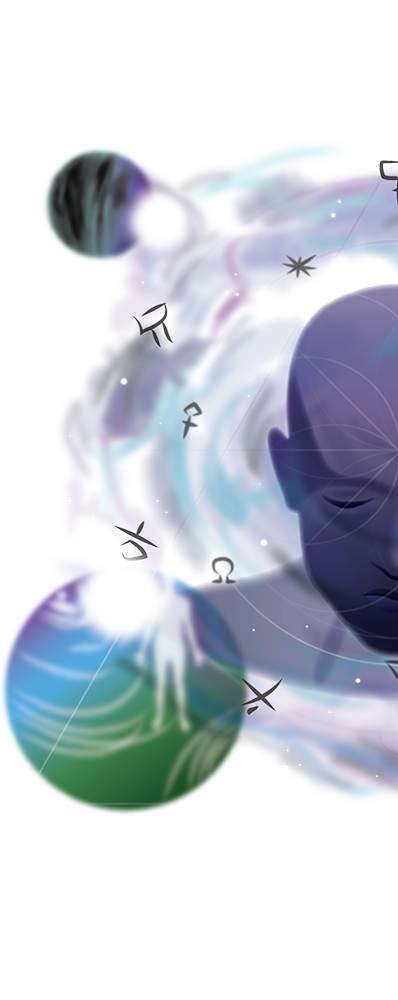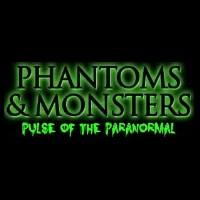By Rosemary Ellen Guiley
Copyright Visionary Living, Inc.
Mention orbs and most paranormal investigators shudder. Some even consider orbs the bane of ghost hunting, a natural photographic effect mistaken by the over-eager as evidence of a spirit presence. Most orbs — those fuzzy, round, luminous dots floating in digital photographs — are judged to be not spirits. Or are they? Maybe our cameras are capturing some unknown life force after all. Perhaps it is time to reevaluate the orb.
I confess that I’m not much of a fan of “spirit” orbs myself, having examined hundreds upon hundreds of photographs sent to me. Most orbs are tiny things floating in the air close to the camera lens, such as dust, moisture and debris. They usually are not visible to the naked eye, so when they show up in photos, many people naturally assume they have caught an elusive spirit or ghost, especially of they are photographing in a haunted location. Orb photos and sites are everywhere on the Internet, and people have gone to great lengths to explain them as spirit presences.
Actually, orbs are not a new phenomenon. Luminous unexplained anomalies have shown up in photos ever since photography was first developed in the 19th century, and they have appeared on photographs taken with film. However, the proliferation of digital cameras and camcorders in the early 1990s ushered in an “Orb Age” in paranormal research. Suddenly, orbs were everywhere.
Most orbs are round or diffuse, varying in size from a golf ball to a basketball. Some are rectangular, diamond-shaped or like streaks of light. They appear in all colors. Some seem to have a nucleus, and some people see faces in them. Orb enthusiasts have ascribed qualities of good and bad, and male and female, to different colors. Even assuming that orbs are spirits or a life force energy, projecting human associations onto them is more than a stretch.
Most experienced paranormal investigators agree that the overwhelming majority of orbs — some say even 99.9 percent — are due to natural causes that are misinterpreted. Early digital cameras had pixilation problems, and missing pixels were filled in by the camera as orbs. Most digitals now in use are much higher in resolution, but pixilation can still occur.
Other common causes of orbs are light reflections and refractions; dust particles; fibrous material in the air such as pollen, water droplets and humidity; insects; foreign material on or within the camera lens; pieces of hair hanging down in front of the lens; and loose camera lens covers on strings. Minute objects such as dust or insects that are close to the camera lens may be undetected by the person taking photos, but show up in the image as orbs. They are merely out of focus and outside the depth of field. Orbs that are rectangular or even octagonal in shape may have taken on the shape of the lens of the camera.
Daytime orbs can be explained as lens flares and slow shutter speeds. Colors are determined by light reflection and absorption of the object itself, and of the atmospheric conditions.
The construction of small digital cameras may be one reason why orbs show up more often than in the past. Small cameras have flash units much closer to the lens — two to three inches compared to five inches or more in older cameras — and can throw out a longer flash beam. The edge of the flash beam passes much closer to the lens, thus decreasing the angle of reflection back into the lens. Result: a greater chance of a fuzzy round blob.
Still, even the hardest skeptics acknowledge that at least a tiny percentage of orb photos cannot be explained. Perhaps it is true what orb enthusiasts say: that our improved photographic technology is enabling us to capture evidence of life forms that are intelligent and are below the register of the human eye.
In their book The Orb Project, two European researchers, Miceal Ledwith and Klaus Heinemann, make a case for orbs as images of spirit manifestations, or emanations of spirits. The two have taken thousands of photographs for years in darkness and in daylight, with and without flash.
Their photos show orbs changing sizes, moving in intelligent ways, contracting and expanding, and responding to human intention by dramatically increasing in number, even forming swirling vortices. They also have captured colorful swirls of paranormal clouds they call “plasmoids.”
Heinemann, an experimental physicist, stresses that orbs are not necessarily themselves “light beings” or even “spirits.” Rather, the luminosities may be akin to the headlights on a car. The actual spirit presences may be something we do not yet understand.
Ledwith, a professor of systematic theology, points out that orbs do not absorb, reflect or scatter light, but seem to fluoresce. This would indicate that they have physical properties.
Physicist William A. Tiller says that the appearance of orbs at this time is not accidental, but is the first in an unfolding of “communications manifestations.” Tiller agrees with Ledwith and Heinemann, that humans can condition an environment to attract orbs and increase their responsiveness to thought, emotion and intention.
Moving mystery lights that seem to react intelligently to people are an old phenomenon, too. Some may be earth lights caused by natural energy or marshy gases. But others are not so easily explained away.
Mystery lights are often seen in paranormal hot zones such as the Skinwalker Ranch area in Utah, the Bridgewater Triangle in Massachusetts, and many more locations. Some extraterrestrial contactees associate them with UFO activity. I have seen moving, seemingly intelligent mystery lights during paranormal investigations, and I have interviewed people who are visited by moving lights in their homes. Some of these visible lights have been captured in digital photography and video.
For better or for worse, all of these luminosities are now being labeled “orbs,†creating some confusion with the explainable dust and debris orbs that show up in many photographs. Clearly, we need a better classification system to distinguish among them, so that we do not confuse natural digital effects with a genuine anomaly. The bottom line, however, is that orbs should not be dismissed outright. There may be much more behind them than we realize.
###









